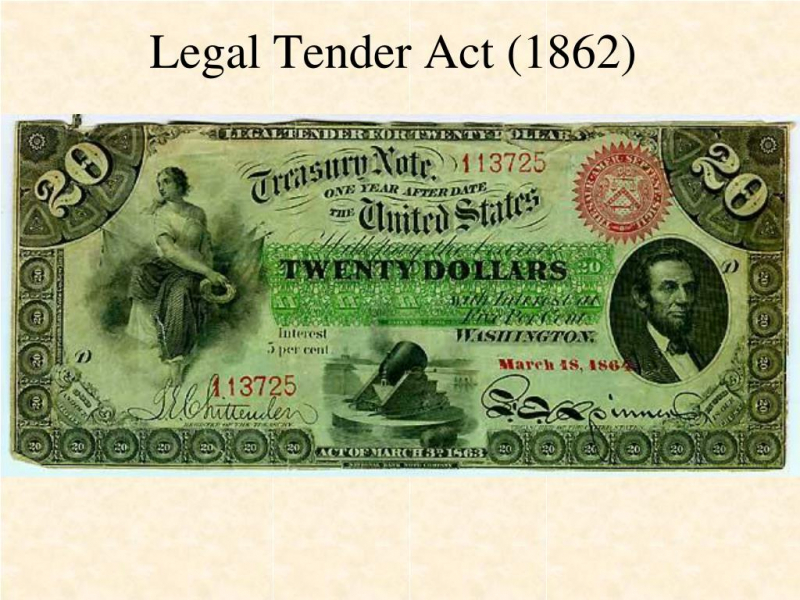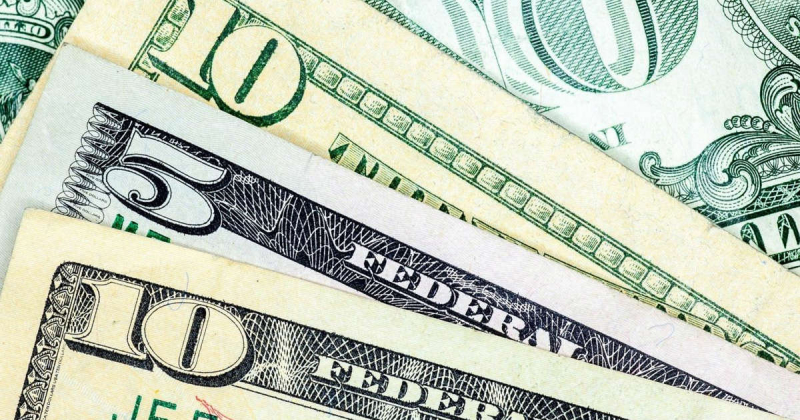The Legal Tender Act of 1862
After being approved by Congress on February 25, 1862, Abraham Lincoln went on to sign the Legal Tender Act of 1862. For the first time, the US government issued paper currency that was not backed by gold and silver reserves kept in the vaults of the Treasury. Due to the color of the ink used on the reverse side of the notes, which was printed in several denominations, the notes came to be known as "greenbacks." "Legal tender in payment of all debts, public and private," was declared for the notes. The government was first permitted to produce notes worth $150 million that were exclusively guaranteed by the federal government's faith and credit.
The printing of paper money didn't kill the American economy, despite the fears of many bankers and financial professionals at the time who thought it would. The influx of cash boosted the economy and banking system. The US economy experienced a boom during the Civil War. Lincoln finally authorized the government to print $500 million in dollars during his Presidency through additional legislation approved by Congress and signed by the president.
Federal banknotes replaced privately issued banknotes as the country's official form of currency. Congress responded by passing new legislation to counteract inflationary pressures when the cash inflow threatened to cause price increases in the economy. Over the subsequent decades, the phrase "greenback" remained a slang term for the dollar.












